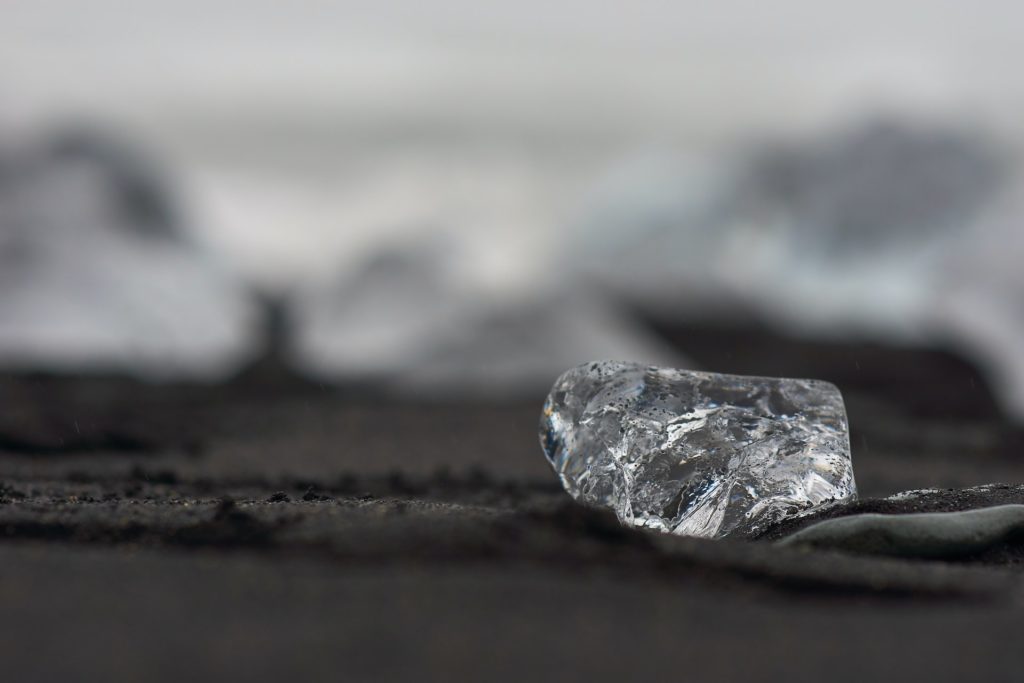Lab-grown diamonds are diamonds produced in a laboratory. Also known as synthetic diamonds, they’re made from the same materials mined diamonds are made from. The critical difference between synthetic diamonds and regular diamonds is that regular diamonds must be mined from the earth.
The diamond industry has been affected by criticism over unethical practices. In some regions, diamonds are used to finance wars or illegal activity. Poor environmental practices are responsible for destroying ecosystems and other environmental issues, such as deforestation. Lab-made diamonds offer consumers an ethical way to obtain diamonds without supporting the blood diamond industry or bad environmental practices. Lab-grown diamonds are reshaping the diamond industry and impacting several other industries at the same time.
Synthetic diamonds are reshaping the jewelry industry.
Companies, such as Agape Diamonds, are building their business and reputation by selling lab-grown diamonds, simulated diamonds, and natural diamonds mined from the earth. On a chemical level, lab-made diamonds are the same as natural diamonds, and only the method of creating and obtaining these diamonds differs. Agape Diamonds sell several types of jewelry, including engagement rings, wedding rings, diamond rings, earrings, necklaces, and bracelets.
Agape Diamonds also sells loose diamonds, enabling consumers to design their jewelry or have a diamond set in a piece of jewelry missing its stone. Consumers benefit from these options because they can opt to invest in ethically sourced diamonds, such as synthetic diamonds or diamonds mined using responsible mining practices. Consumers also benefit because lab-made diamonds are more affordable than natural diamonds because mining operations are expensive. Agape Diamonds reviews from consumers illustrate it’s possible to ensure excellent customer service without compromising product quality.
Jewelers can appeal to environmentally-conscious clientele by including synthetic diamonds in their selections. Jewelers have spent decades discussing the color, cut, clarity, and carat weight of natural diamonds. Now, jewelers are learning to promote the benefits of lab-made diamonds to consumers.
Synthetic diamonds are affecting the energy industry.
It takes a tremendous amount of pressure and heat to produce diamonds. Natural diamonds were formed in the earth billions of years ago. Today, synthetic diamonds replicate the process in laboratories and produce lab-made diamonds that are practically impossible to distinguish from natural diamonds. However, the creation process differs widely, and the excessive energy consumption by laboratories producing diamonds can affect power supplies and energy costs.
Lab-grown diamonds are impacting the mining industry.
Whether you’re mining natural diamonds or gold, practices at your mine site may be shaped by changes in the diamond industry spurred by lab-made diamonds. Natural diamond companies may be subjected to an environmental impact assessment to prevent environmental damage from operating mines. Whether your mine is located in Northern Ontario, North America, or another part of the world, mining companies are under increasing scrutiny to ensure mined gems are ethically sourced.
The increased scrutiny has led to misconceptions about established mining practices, such as the mining by Alamos Gold in Turkey. The Canadian mining company received approval from the Turkish government to prospect in the Kirazli region. This prompted complaints, which caused The Federation of Environment and Natural Associations to conduct a review.
While there were concerns about mining concessions in the area jeopardizing natural resources, the Ministry of Agriculture and Forestry determined the mining operations aren’t located in the Kaz mountains or Kazdagi National Park, which are near the historical site of Troy. The areas approved for mining operations are not environmentally sensitive protected areas. Thanks to confirmation from Turkish government officials, Alamos Gold has a positive certificate allowing the business to continue its mining activities in the region.
Synthetic diamonds could affect the simulated diamond business.
Common simulated diamonds are made from cubic zirconia (CZ) and moissanite. While these are natural gemstones, they lack the quality and durability of natural diamonds. The affordability of lab-grown diamonds may entice consumers to buy jewelry made from lab-made diamonds instead of simulated diamonds.
Lab-grown diamonds have affected the jewelry industry, energy industry, and diamond industry. Affordable lab-made diamonds may also prompt consumers to purchase synthetic diamonds instead of simulated diamonds. Lab-made diamonds also draw attention to environmental and ethical concerns about mining, which has affected the mining industry.

